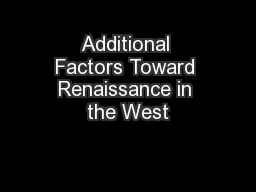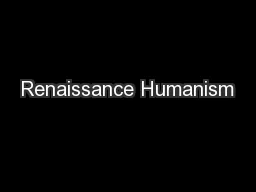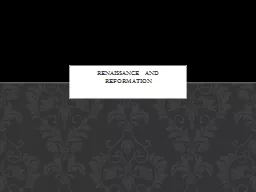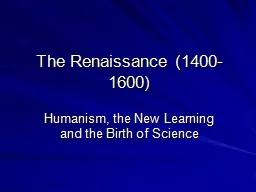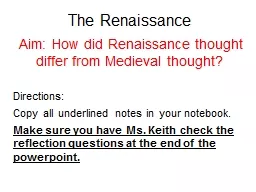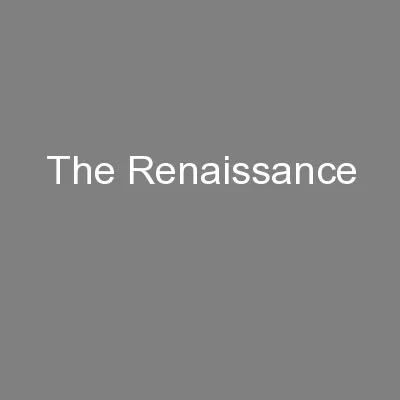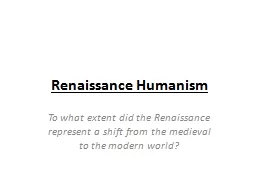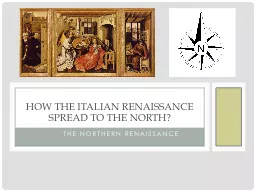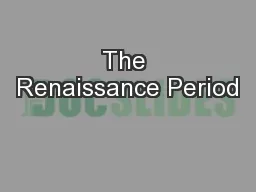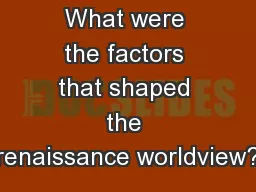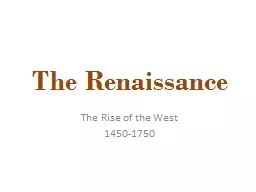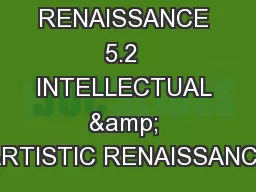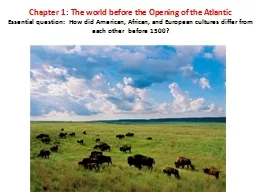PPT-Additional Factors Toward Renaissance in the West
Author : debby-jeon | Published Date : 2017-12-28
CIV 10102 Class 30 November 4 2015 Carolingian Renaissance S ponsored by Charlemagne Led by Englishman Alcuin 730804 movement to copy preserve catalog and distribute
Presentation Embed Code
Download Presentation
Download Presentation The PPT/PDF document "Additional Factors Toward Renaissance in..." is the property of its rightful owner. Permission is granted to download and print the materials on this website for personal, non-commercial use only, and to display it on your personal computer provided you do not modify the materials and that you retain all copyright notices contained in the materials. By downloading content from our website, you accept the terms of this agreement.
Additional Factors Toward Renaissance in the West: Transcript
Download Rules Of Document
"Additional Factors Toward Renaissance in the West"The content belongs to its owner. You may download and print it for personal use, without modification, and keep all copyright notices. By downloading, you agree to these terms.
Related Documents

